Topic 2. Constructivism paradigm
1. Comparative table of Piaget (constructivism) vs Vygotsky (social constructivism)




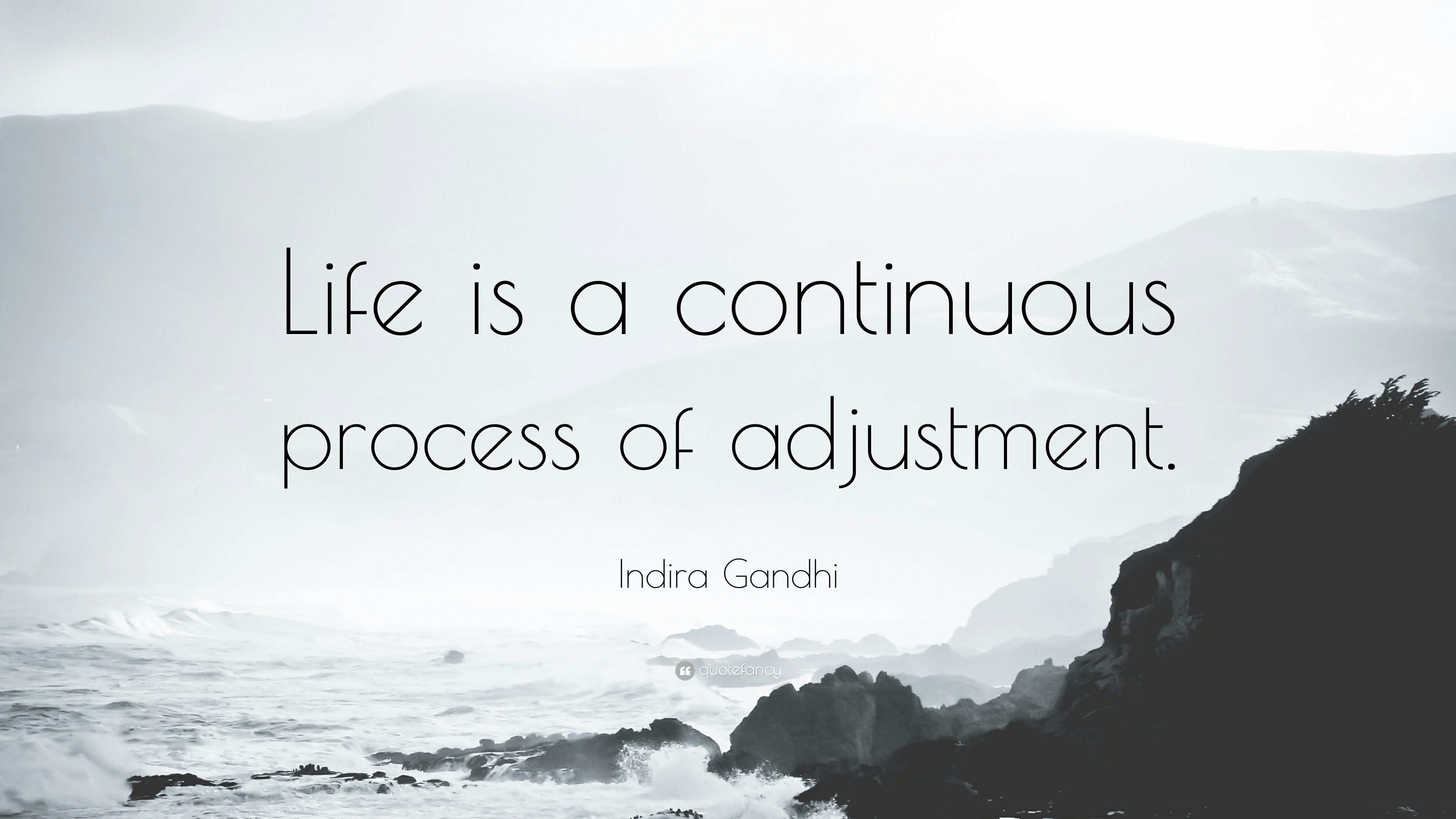

7. How do Piaget and Vygotsky provide the theoretical foundation for constructivism?





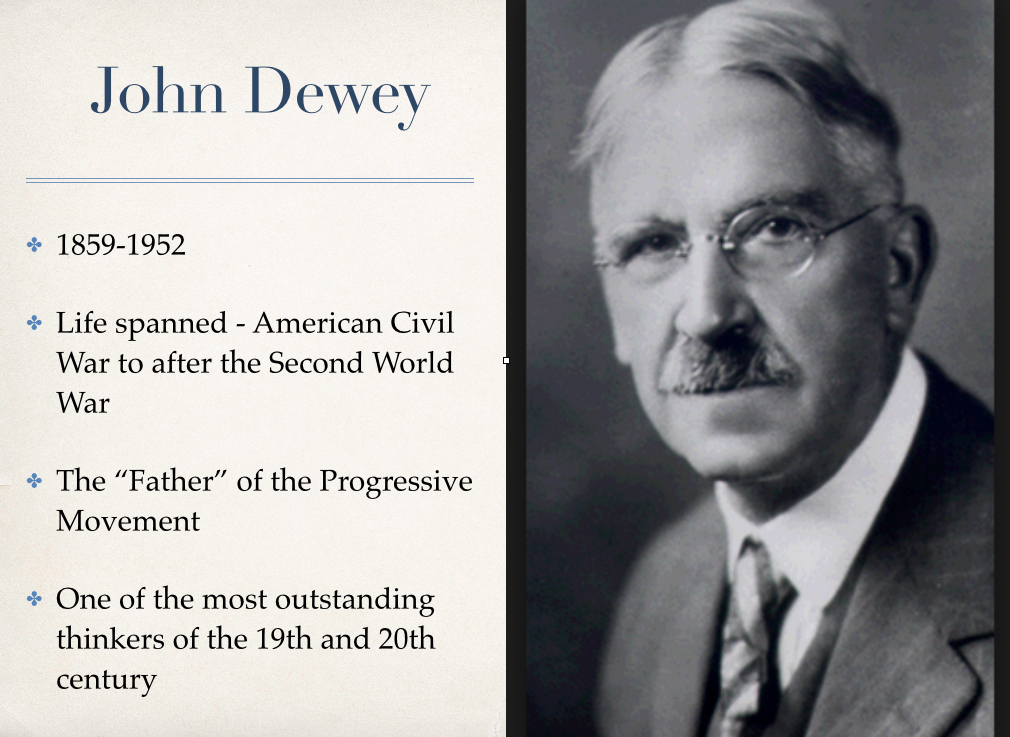
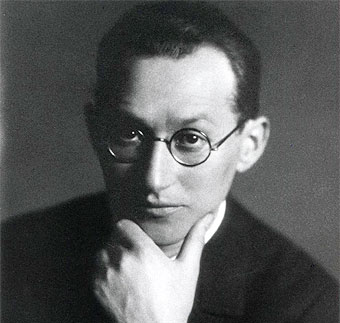

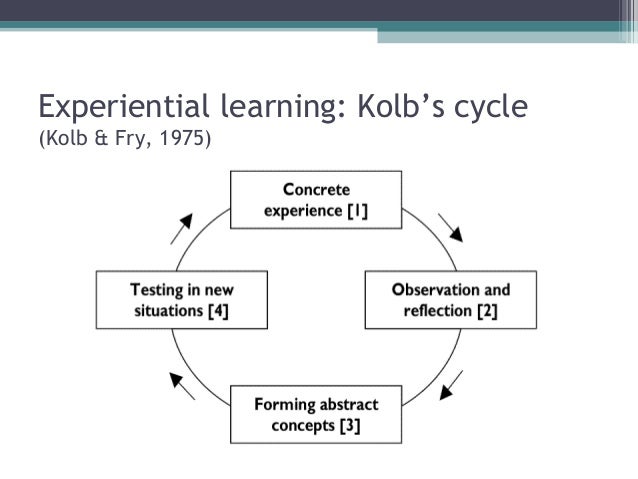



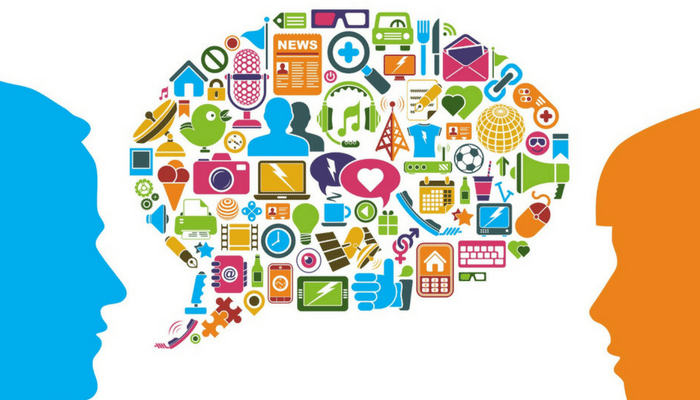
2. Include here the chart with the Vygotsky´s stages of concept development.
3. Do a comparative table with the social constructivist vs social constructivism teaching suggestions.

4. Write the 5 teaching tips.
- Encourage team working and collaboration
- Promote discussion or debates
- Set up study groups for peer learning
- If you don't know a science concept during a class, don't pretend you do. Instead, freely admit that you don't know a particular concept and work with your students to find the answer.
- Ask questions during class.

5. What is a paradigm for science learning?
Emphasizes that teachers and their teaching should be facilitated in such a way such that all science teaching activities can bring in local and global resources, supports and networks to maximize the opportunities for their developments in science teaching and their contributions to students' science learning. Through localization and globalization, there are multiple sources of science teaching, for example, self learning programs and packages, web-based learning, outside experts, and experiental programs, inside and outside their schools, locally and globally. Teachers can maximize the opportunities to enhance effectiveness of their science teaching from local and global networking and exposure through Internet, web-based teaching, video-conferencing, cross-cultural sharing, and different types of interactive and multi-media materials. With their help, students can learn from the world-class teaching materials, scientists, peers, and teachers in different parts of the world such that their science teaching can become world-class teaching.

6. What is meant by constructivism and how do children construct knowledge?


Constructivism is basically a theory -- based on observation and scientific study -- about how people learn. It says that people construct their own understanding and knowledge of the world, through experiencing things and reflecting on those experiences. Kids construct their own knowledge with this 5 approaches:
- Organisation: Children scribble on pages to display evidence of their construction of writing. They make a mess but to them the clutter is the only way they can see the world around them and make sense of the relationship between things, and things with people. When a room is messy, there is work to be done and the learning process takes place.
- Repetition: They repeat their experiences, constructing dynamic interactions between individuals, the physical and social environment. When they repeat a task like bouncing a ball, they create a relationship between materials and their motor functions. They sing a favorite tune repetitiously (so do we).
- Social and Experiment: They try to make sense of relationships, experiences, ideas and objects by socializing and experimenting on these idea and objects. So do we? We make connections, create our own community and seek experience on our social environment to drive our ideas through

- Adjustment: Children learn to ‘adjust’ the model they have constructed by comparing with their findings, asking questions and discovering answers, using new information they have collected from experimentation and socialization.

- Repeat and Solve: Children are great problem solvers. They are willing to repeat the experiences and solve real problems to educate their thinking and reality of the world.

According to Piaget, people organize their experience into schemes that help them make sense of their experiences and achieve equilibrium. Maturation and experiences with the physical and social work advance development, and as children develop they progress through stages that describe general patterns of thinking, ranging from perceptual dominance in preparation thinkers to the ability to think logically and hypothetically for formal operational thinkers. Piaget’s theory is guided by assumptions of how learners interact with their environment and how they integrate new knowledge and information into existing knowledge.

Lev Vygotsky’s focused on the role of culture and social interactions. Vygotsky maintained that speech is a major psychological tool in the child’s development of thinking. Social interaction and language provide the mechanism and tools that help children develop understandings that they wouldn’t be able to acquire on their own and advance their development. Social interaction and language are embedded in a cultural context that uses the language of the culture as the mechanism for promoting development.

8. How can the constructivism learning model be integrated into your planning?
Some activities encouraged in constructivist classrooms are:
- Experimentation: Students individually perform an experiment and then come together as a class to discuss the results.
- Research projects: Students research a topic and can present their findings to the class.
- Field trips: This allows students to put the concepts and ideas discussed in class in a real-world context. Field trips would often be followed by class discussions.
- Films: These provide visual context and thus bring another sense into the learning experience.
- Class discussions: This technique is used in all of the methods described above. It is one of the most important distinctions of constructivist teaching methods.

10. What are the components of the learning cycle?

A learning cycle is a concept of how people learn from experience. A learning cycle will have a number of stages or phases, the last of which can be followed by the first.
- In 1933, John Dewey described five phases or aspects of reflective thought.
In between, as states of thinking, are (1) suggestions, in which the mind leaps forward to a possible solution; (2) an intellectualization of the difficulty or perplexity that has been felt (directly experienced) into a problem to be solved, a question for which the answer must be sought; (3) the use of one suggestion after another as a leading idea, or hypothesis, to initiate and guide observation and other operations in the collection of factual material; (4) the mental elaboration of the idea or supposition as an idea or supposition (reasoning, in the sense in which reasoning is a part, not the whole of inference); and (5) testing the hypothesis by overt or imaginative action — John Dewey, How We Think, 1933

- In the 1940s, Kurt Lewin developed action research and described a cycle of:
o Planning. 

o Action. 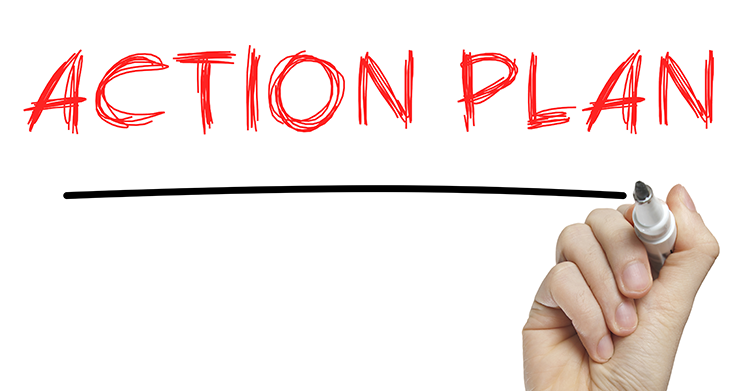

o Fact finding, 
about the result of the action

about the result of the action
Lewin particularly highlighted the need for fact finding, which he felt was missing from much of management and social work. He contrasted this to the military where

- In the early 1970s, David A. Kolb and Ronald E. Fry developed the experiential learning model (ELM), composed of four elements:

Testing the new concepts gives concrete experience which can be observed and reflected upon, allowing the cycle to continue.
- Peter Honey and Alan Mumford developed Kolb and Fry's ideas into slightly different learning cycle. The stages are:

While the cycle can be entered at any of the four stages, a cycle must be completed to give learning that will change behavior. The cycle can be performed multiple times to build up layers of learning.
- The 5E learning cycle was developed by Biological Sciences Curriculum Study, specifically for use in teaching science. The learning cycle has four phases:
2. Explore, in which the student is allowed to construct knowledge in the topic through facilitated questioning and observation.
3. Explain, in which students are asked to explain what they have discovered, and the instructor leads a discussion of the topic to refine the students' understanding.
4. Extend, in which students are asked to apply what they have learned in different but similar situations, and the instructor guides the students toward the next discussion topic.
The fifth E stands for Evaluate; in which the instructor observes each student's knowledge and understanding, and leads students to assess whether what they have learned is true. Evaluation should take place throughout the cycle, not within its own set phase.

11. What are the scientific skills?
- Observing. This is by far the most important basic science skills one needs to learn and develop. Scientists are very curious people thus they are also very much observant. They observe everything that happens around them and question why it is so.
- Inferring. This means making an educated guess. Educated meaning you have observations prior to making your guesses. You have evidences to support such guesses and the next thing you need to do is prove that guess to be correct or wrong. This is to deduce and conclude based on previously gathered information.

- Measuring. Math is the language of science thus measuring is also a skill you have to learn in science. There are certain scientific situations where measuring is very essential especially in chemistry.

- Communicating. This might seem out of the sphere of science but basic communication skills is also among the basic science skills you need to learn. This translates every observation and inferences you want the world to hear be it in writing or verbal form. Ideas and discoveries should not be kept all to yourself thus communication is very important.

12. What are some examples of scientific attitudes?
- Honesty
- Open-mindedness
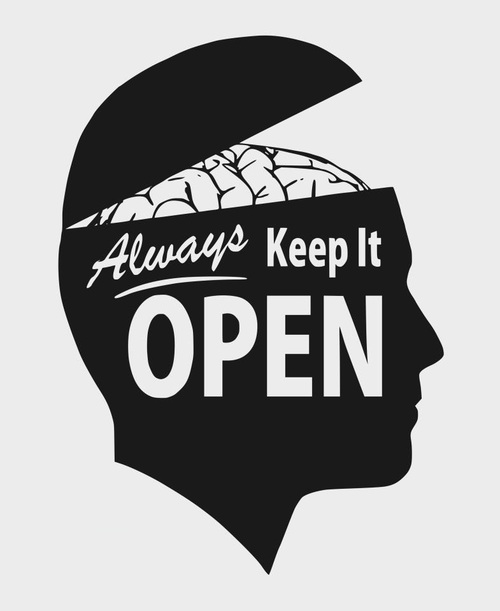
- Skepticism

- Creativity
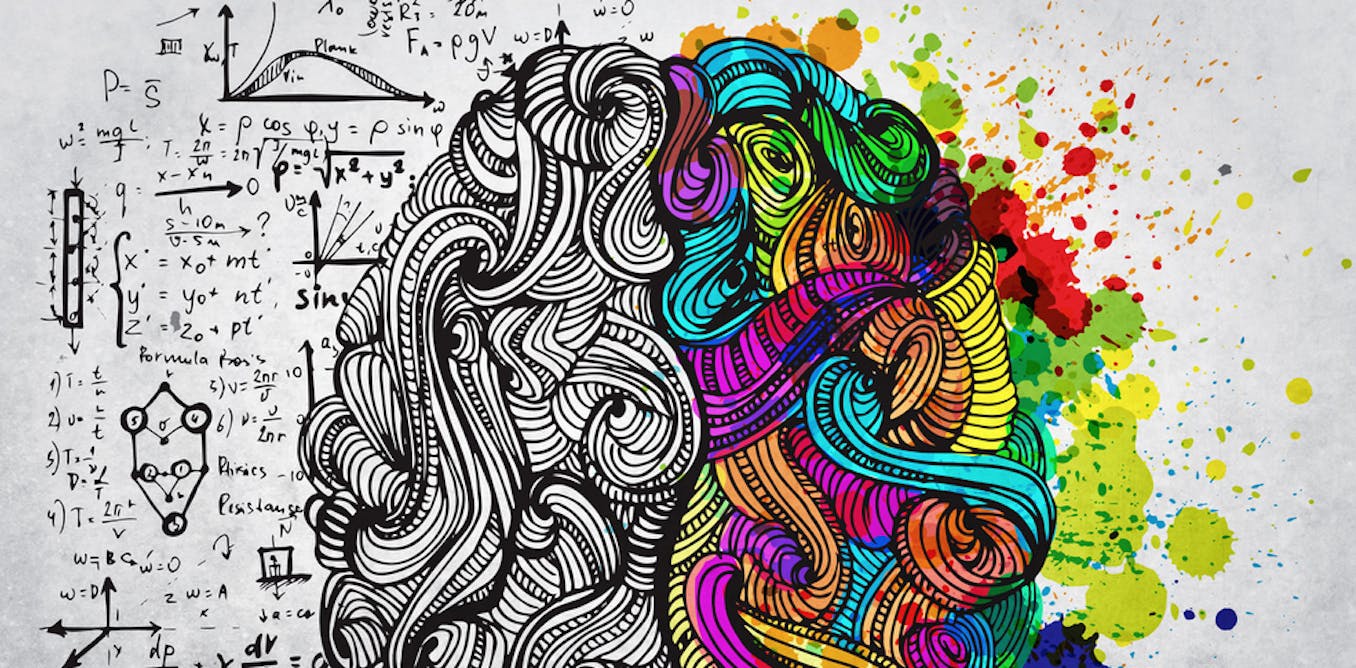
Members Team:
Ana Rocio Rosales Castillo
Debanni Jaqueline Cabrera Martinez
Daniela Alejandra Charles Araujo
LPP 2A
Bibliografhy:






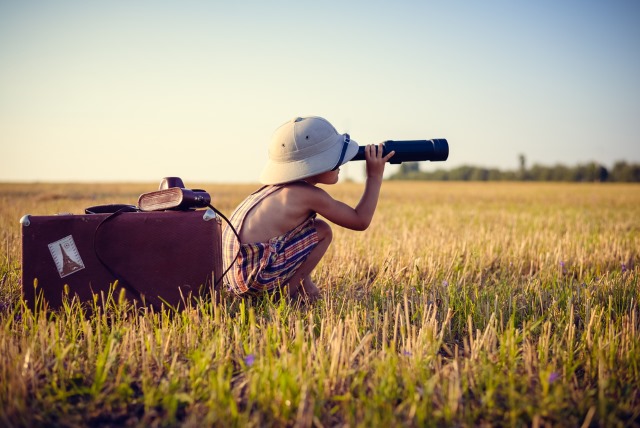


Comentarios
Publicar un comentario